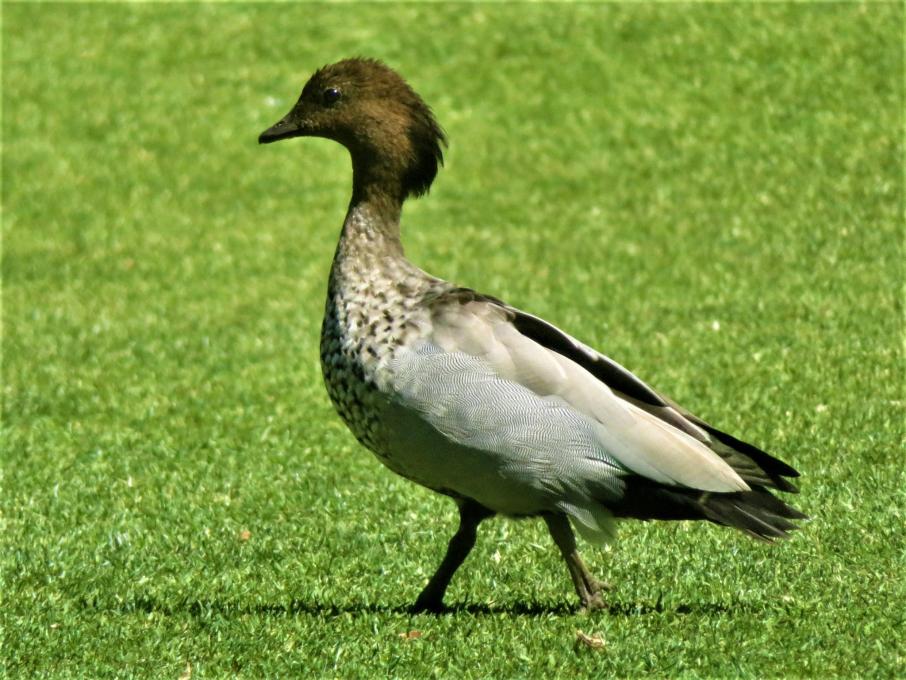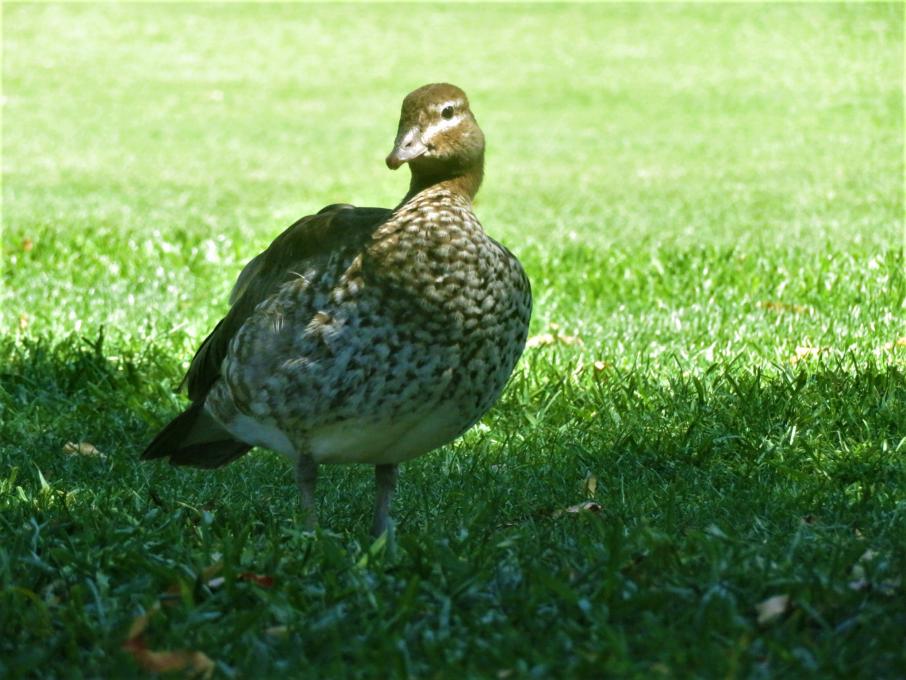DJ
Forum Replies Created
Viewing 2 posts - 1 through 2 (of 2 total)
-
DJParticipantI have had a lifelong interest in birds but have only started photgraphing them about 18 months ago and haven't really taken the time to think about my goals before now. I often spend my down time just looking through photos on ebird to see what's been seen lately in my local region, state and in other parts of the country. I've mainly done this just for enjoyment of looking at the birds and learning but haven't really thought about what type of photos I enjoy the most or therefore what my specific goals are. Now that I've had some time to think about this my favourite photos are habitat related; for me I particularly enjoy photos of birds in the Australian bush, in a wetland environment or along the shoreline. My goal is a) to take decent photos of birds in these environments, and b) to also capture any unusual or less common birds that i see incidentally- for me usually this will be when out hiking or just on my daily walk. At this point in time I post every decent shot I take on ebird but only use facebook occasionally and I don't have instagram. I do follow some of the bird groups on Facebook but prefer to post to ebird as it enables me to just look and learn about birds without having to use social media. For goal a I have my big camera (Canon EOS 1100D with Tamron 150-600mm lens) for birding focused outings where I'm not going to be walking too far, for goal b I carry my small camera (Canon Powershot SX 720HS) in my pocket just in case I see something out of the ordinary. Here is a favourite shot of mine I took at Christmas time 2022, it was just near home on my regular walk and on this particular morning I was glad I was carrying my small camera. For my smaller camera I sacrifice image sharpness but at least I still capture those special sightings that pop up from time to time when I'm not carrying my big camera, this one is a Yellow Tailed Black cockatoo that was part of a small group feeding in eucalyptus trees at my local lake about 5 mins walk from home. These birds fly overhead my local area at certain times of the year but this is the first time I've been able to photograph them almost at eye level.
 in reply to: Practice Matching Your Gear to Your Goals #952213
in reply to: Practice Matching Your Gear to Your Goals #952213 -
DJParticipantI have chosen the Australian Wood Duck, sometimes also referred to as Maned Duck (see the crest on the male bird) or Maned Goose. I live just north of Brisbane, Queensland and these ducks are common in the region and a familiar sight around many parks especially anywhere with a lake. These photos are taken in Roma Street Parklands on the edge of Brisbane CBD where I have been observing them for many years, I walk to this park on my work lunch breaks and enjoy looking at these ducks and the other waterbirds that frequent the park. I chose this location because these ducks are grazing there more often than not and provide some great photo opportunities where you can get down on the grass to the birds level. These ducks are often seen on grass (they are vegetarian according to my field guide) and don’t swim as often as other species, and are also often seen in trees. I chose this species because they are easily accessible, easy to photograph and practice on and they are what I call a local favourite i.e. a bird I see almost every week but still love seeing them. Although I think I have a pretty good knowledge of this species as I have seen them countless times over the years, this activity did make me stop and think about the birds’ habitat. They are almost always present in Roma St Parklands which is an inner-city park and although it has big trees the site lacks tree hollows. Australian Wood Ducks need tree hollows to breed (the ducklings jump out of the hollows when ready to leave the nest) and I’ve never noticed any tree hollows in the Parklands, so I am wondering if they do breed elsewhere, although the ebird distribution chart for this site shows that they have been observed year round. I can’t recall ever seeing any ducklings in the Parklands, but have seen ducklings in the area where I live which is 25km out of the city and has dead trees with suitable hollows. Breeding season in my area doesn’t really seem to follow a pattern, according to my research in the northern part of its’ range the Wood Duck breeds “after rain”. This year has been very wet in South East Queensland and I have seen ducklings in various places in February and again in August and September. In July (our winter) I also noticed a pair at the lake near my house inspecting a tree hollow, and a few weeks later saw some ducklings at the same lake so I have learnt that this kind of "scoping" behaviour is a good sign that breeding may soon occur.

 in reply to: Practice Understanding Birds for Better Photos #914316
in reply to: Practice Understanding Birds for Better Photos #914316
Viewing 2 posts - 1 through 2 (of 2 total)


